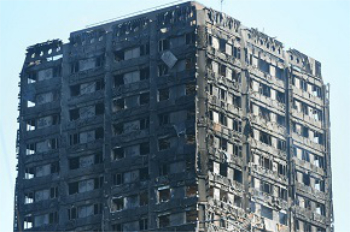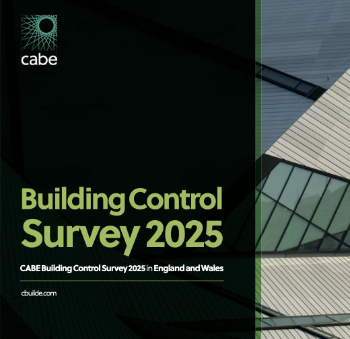Party walls, rights of light and permitted development rights

|
Contents |
[edit] Introduction
Many landlords are putting in place plans to add additional storeys to properties in town centre locations following changes to Permitted Development Rights. This replaces the need for landlords to apply for planning consent to build upwards.
However, these new planning rights do not provide complete freedom and landlords tempted by the financial rewards of increased lettable space are advised to familiarise themselves with other relevant legislation.
[edit] Party walls and PDR
Would-be developers should be aware that although planning consent may no longer be required, party wall legislation remains in place.
Any upwards extension has the potential to impact on the structure and fabric of a neighbouring property and therefore, a building owner must serve notice to affected neighbours under the Party Wall etc. Act 1996. The Act requires two months’ notice to enable the neighbouring owners (freehold and/or leasehold) to either agree or dissent to the works. At this point an appointed party wall surveyor must undertake a schedule of condition of the neighbouring properties to provide effective dispute resolution.
Importantly, landlords should clarify the technical aspects of an extension. For example, if the building works result in alterations to a leaseholder’s ceiling (such as to embed a steel structure) their rights will be affected. If the extension is built onto a parapet, party wall rights may not be an issue but other issues – such as rights to light, the impact on services and any disruption caused during construction – may require consideration.
Many residents of top floor flats assume that they have rights over roofs. But while they may have access, they do not necessarily have protected rights. Skylights may be similarly affected.
For more information see: Party Wall Act.
[edit] Rights of light and PDR
In the absence of a planning process to scrutinise projects that will add to building heights, the issue of rights of light becomes a very serious consideration, and one with significant consequences.
Because daylight and sunlight assessments are a component of a planning application, they are currently required at an early stage in the process. The planning system also necessitates that local residents are consulted on a planning application, allowing those with legitimate concerns to assert their point of view. With this step removed, developers could potentially proceed unaware of any objections – resulting in building works then being halted through an injunction either during the process or post-completion.
For more information see: Rights to light.
So while developers might look set to gain from the opportunity to create additional storeys, in reality the situation is precarious. Without the stringent procedures and ultimately the reassurance that the planning system offers, developers could potentially embark on building works and only on completion suffer significant consequences.
There are many examples of developers of extensions being ordered to reverse changes, not because of planning issues, but because of the sometimes more opaque requirement of party wall and rights of light legislation.
An inevitable consequence of the extension of Permitted Development Rights will be an increase in the number of both investigations and claims. Developers are advised to seek professional advice at an early stage to avoid the significant expense of having to pull down an extension and begin again.
[edit] Related articles on Designing Buildings Wiki
Featured articles and news
The Architectural Technology Awards
The AT Awards 2025 are open for entries!
ECA Blueprint for Electrification
The 'mosaic of interconnected challenges' and how to deliver the UK’s Transition to Clean Power.
Grenfell Tower Principal Contractor Award notice
Tower repair and maintenance contractor announced as demolition contractor.
Passivhaus social homes benefit from heat pump service
Sixteen new homes designed and built to achieve Passivhaus constructed in Dumfries & Galloway.
CABE Publishes Results of 2025 Building Control Survey
Concern over lack of understanding of how roles have changed since the introduction of the BSA 2022.
British Architectural Sculpture 1851-1951
A rich heritage of decorative and figurative sculpture. Book review.
A programme to tackle the lack of diversity.
Independent Building Control review panel
Five members of the newly established, Grenfell Tower Inquiry recommended, panel appointed.
Welsh Recharging Electrical Skills Charter progresses
ECA progressing on the ‘asks’ of the Recharging Electrical Skills Charter at the Senedd in Wales.
A brief history from 1890s to 2020s.
CIOB and CORBON combine forces
To elevate professional standards in Nigeria’s construction industry.
Amendment to the GB Energy Bill welcomed by ECA
Move prevents nationally-owned energy company from investing in solar panels produced by modern slavery.
Gregor Harvie argues that AI is state-sanctioned theft of IP.
Heat pumps, vehicle chargers and heating appliances must be sold with smart functionality.
Experimental AI housing target help for councils
Experimental AI could help councils meet housing targets by digitising records.
New-style degrees set for reformed ARB accreditation
Following the ARB Tomorrow's Architects competency outcomes for Architects.
BSRIA Occupant Wellbeing survey BOW
Occupant satisfaction and wellbeing tool inc. physical environment, indoor facilities, functionality and accessibility.
























